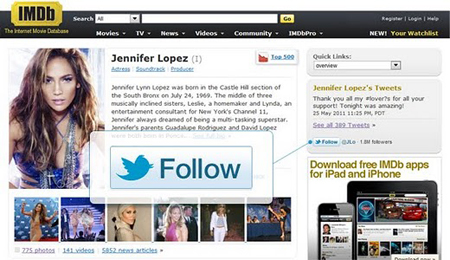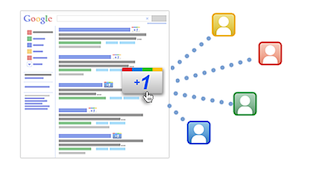Google and Twitter have just introduced their own rival buttons for the social web, fighting against Facebook’s like button, which was launched more than a year ago.
Since launching, the Facebook’s like button increased traffic for all sites that implemented the product. In fact, the like button had been added to 250,000 sites outside Facebook, feeding information back to the site on the activity and preferences of its 650+ million users, Guardian.co.uk reports.
Photo: www.blog.twitter.com
Twitter, with US audience of 20.6 million adults in 2011, compared to Facebook’s 132.5 million for the same year, announced its follow button, with 50 sites already plugged in, including Huffington Post and the Wall Street Journal. The follow button lets user follow the account on Twitter with one click. By this launch, Twitter, which is also to launch a photo sharing service, expects the innovation to bring more activity on the site and users back to their sleepy accounts. «For publishers and brands, adding the Follow Button to your website and using Twitter to stay connected with your audience is a powerful combination,» said Twitter in the announcement.
Google also entered direct competition with Facebook’s like button, revealing its new +1 button. Despite unclear name, right now it’s not evident how it will impact search results.
Photo: www.techcrunch.com
Like button as a concept still seems to be more immediate and understandable, that doesn’t require interpretation. While Google’s +1 invites an explanation and Twitter’s follow is somewhere in between. Facebook’s like, with its largest user base, might remain number one among sharing buttons.
Experts say, that it’s good for all web users if this new generation of third-party buttons offers consumers more choice. Otherwise, it might just add misunderstanding of the provided options.

